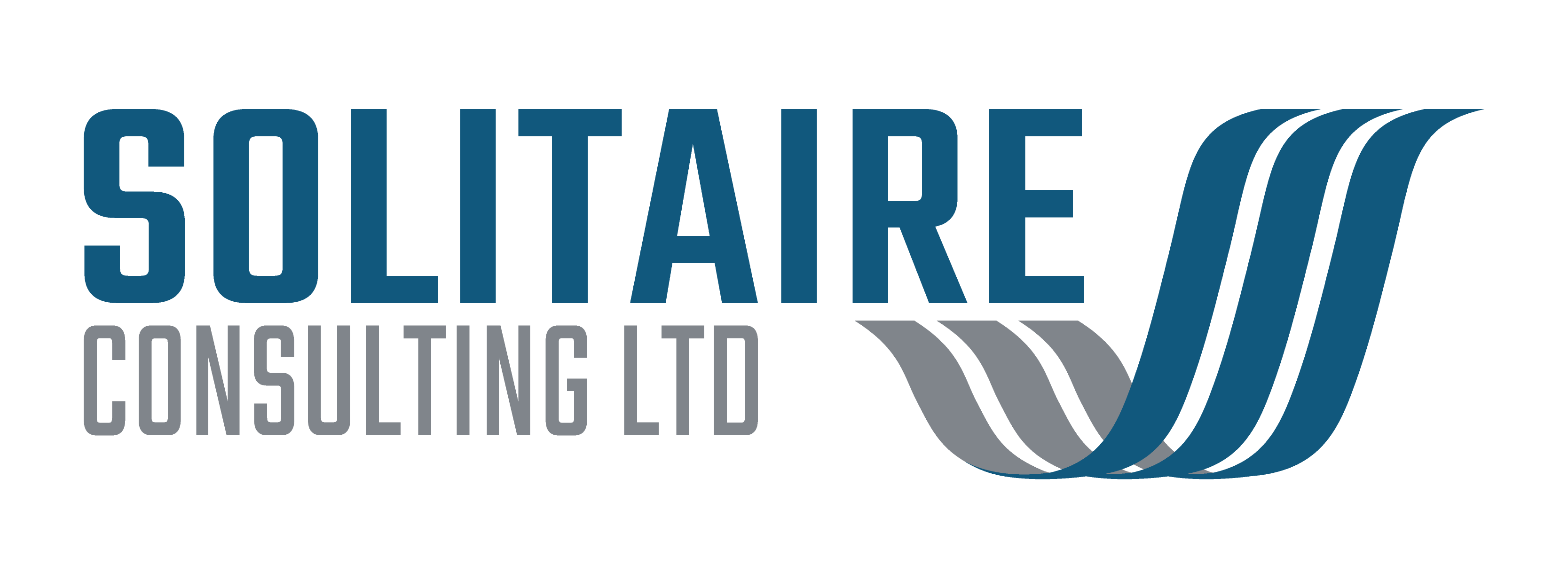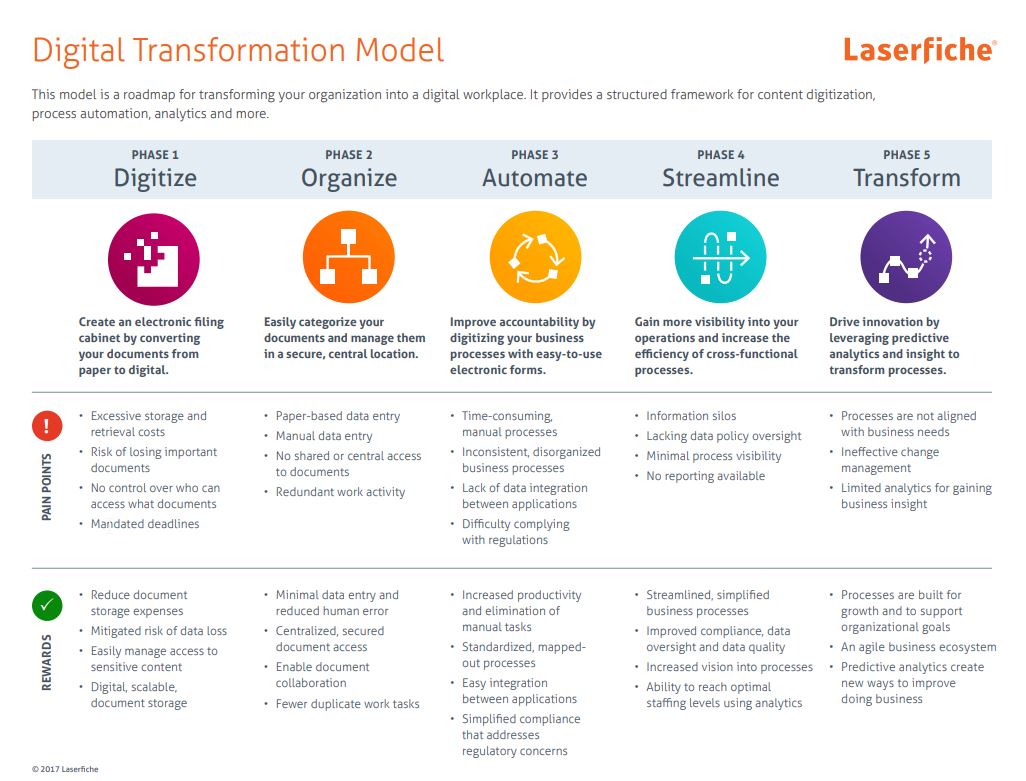What is Digital Transformation?
The term Digital Transformation is used all over the place these days, with little agreement on what the term actually means. In this post I will describe what I believe the term covers. I will also describe the phases an organisation must go through on their transformation journey.
Originally, digital transformation was used to refer to a fundamental shift in thinking about how technology was used in an organisation, responding to digital trends in the market. Whilst the need for fundamental change remains across many sectors, the impact of the term has weakened due to its over overuse.
The common understanding that digital transformation is about the implementation and use of cutting-edge technology, is arguably the most misguided. There are many examples of companies that have implemented a new system, but continue to work in exactly the same way as they have always done. In fact, when asked by a client to help them source a new system, one of the first things I look at is how well they are using their current system. There are often significant improvements to be made by using existing technology optimally, before investing in something new.
However, this is missing the point. True digital transformation is much more about adopting new processes and practices to help the organisation effectively compete in an increasingly digital world. This is why no organisation is immune from the impact of digitisation. We are living in a world where customers are becoming more digitally aware and want to deal with businesses they work in, or buy things from, in the same way as they live their lives.
The Transformation Journey
Transformation implies going through a process and coming out the other side, in a different state. It gives the impression that one can do something, or buy something, that will achieve the desired change. The reality couldn’t be further away from this. Any type of business transformation consists of a number of stages, that must be passed through in order, to reach the optimum state.
This is well explained in the article, Digital Maturity, Not Digital Transformation, by MITSloan Management Review. The article notes that “maturity is a gradual process that unfolds across the organisation over time”. This reinforces the point that you can’t just buy services in and turn your self into a digitally transformed business. The other point to make is that at the outset of the process the end point cannot be accurately defined. As humans we all mature to become unique versions of ourselves. Organisations are the same and will be influenced by their people and the environments they operate in.
The key point to take away regarding digital transformation is to be aware not only of how you deploy and use technology to power your business, but how your customers and supply chain use technology. This should have a huge impact on how you go about designing your business.
Digital Maturity
This is particularly important for offshore financial services businesses, which are the primary source of clients at Solitaire Consulting. Most of the businesses in this sector form a link in the value chain between customers (either corporate or personal) and their financial transactions. Even a simple transaction such as making a payment will involve many touch points. A digitally mature organisation will aim to minimise the manual touchpoints in this process. They will seek to achieve an efficient and effective process, where the actors are adding real value, not just pushing paper.
One of the technology systems I work closely with in the financial services sector is Laserfiche. Laserfiche is an enterprise content management system that takes digital transformation very seriously. They have developed their own maturity model to help their clients make the most of their technology in a sustainable way.
Laserfiche Digital Transformation Model
This model is a roadmap for transforming an organisation into a digital workplace. It provides a structured framework for content digitisation, process automation, analytics and more.
The model includes the following five phases, which are described in the diagram below:
- Digitize: Convert paper into an electronic filing cabinet for digital archiving and retrieval
- Organize: Categorize documents and manage information in a secure, central location
- Automate:Digitize processes through electronic forms to improve accountability
- Streamline: Gain visibility into operations and increase efficiency of processes across the organization
- Transform: Drive innovation by leveraging analytics to align processes with business goals
The model can be used by organisations of any size in any industry. Laserfiche designed the phases so that business leaders can easily recognize where their organizations are in the digital transformation journey, and identify and implement the relevant solutions.
Laserfiche have also produced this handy assessment tool to help you define where your organisation is on its Digital Transformation Journey. If you’d like to know more and find out how Laserfiche and similar tools could help you digitally transform your business, then do contact us for an informal discussion.
Solitaire Consulting is a partner of MBS, providing services before, during and after a digital transformation project. We help to ensure your business achieves the desired outcomes and benefits from your investments in technology.







3 responses